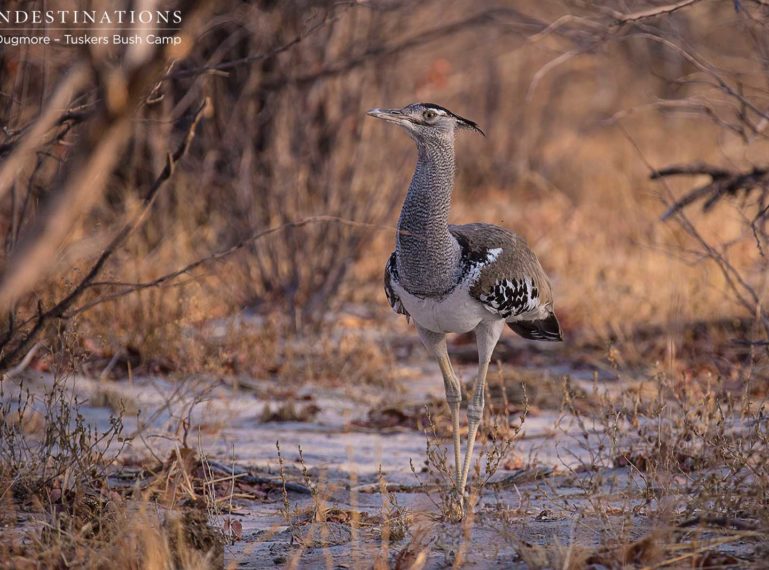
Now you might think that just because these creatures don’t have a mane and an earth-shattering roar that they are somewhat less worthy of the hours we spend watching them; however, birds are decidedly more interesting than watching sleeping lions snore! Twitchers, as we are called, are fascinated by birds and their behaviour. An undeniable flutter of excitement vibrates through our beings when we see a flash of colour flit through the air, or hear the lyrical whistle of something small and feathery. The urge to photograph and identify birds is an instinct, and the satisfaction we get from ticking a new species off the checklist is immense!
At Tuskers Bush Camp – the only luxury tented safari camp in a vast 365 000 hectare concession in north-eastern Botswana – birds of all sorts can be spotted from the comfort of your balcony, the lodge boma, or out on game drive. A network of pans can be found along the game drive route, and in one 20-minute period spent at a pan in the early evening, a variety of Botswana birding specials were excitedly ticked off. The Tuskers concession is located on the eastern border of the Moremi Game Reserve and contains within its boundaries a variety of landscapes and terrains. From savannah grassland, to acacia thickets and mopane belts, there is a diversity of habitats for numerous wildlife species. Take a look at these brilliant birds spotted in a casual evening setting at a pan.
KORI BUSTARD
A truly impressive bird – and the national bird of Botswana – the kori bustard is decorated with beautiful feather patterns, and a handsome crest on its head. When the male kori bustard is in full display, his long neck inflates into a plume of fluffy, white feathers, and his tail feathers are fanned out behind him. These birds are the largest flying birds in Africa, with a wingspan that has been known to reach 9 feet in length, and an exceptionally large male can weigh up to 20kg!
These magnificent birds are seen individually or in pairs during the mating season, when the males puff themselves up to impress the females, sending out a deep, booming mating call. They are always seen on the ground, moving slowly, taking hesitant steps and holding their heads up high with their eyes darting around skeptically. If these birds are encouraged to escape danger, they begin to run and if they feel truly threatened will they take off using large, heavy beating wings. For food, the kori bustard forages on the ground for a variety of morsels, ranging from invertebrates, to small reptiles and mammals, while it has also been known to eat fruits and seeds. A true omnivore!
SOUTHERN PALE CHANTING GOSHAWK (JUV.)
This raptor is a common find in areas of semi-desert, such as the Kalahari, which takes up the majority of the country of Botswana. The Southern pale chanting goshawk has bright red legs and beak, and in its adult plumage, is a pale grey with a barred chest and belly and red-brown eyes. As a juvenile, it is vastly different with largely brown plumage and yellow eyes. The one seen here at Tuskers Bush Camp was a juvenile showing some of its adult colours of greyish-blue. These stages of maturity and the changing appearances that go with ageing are what throw some birders off course! Eye, beak, and leg colour are noted instantly in a bird-ID and one must always consider the possibility of the juvenile version of the bird in question taking on a completely different appearance to the adult.
A fantastic sight often involving these beautiful birds of prey is its symbiotic relationship with snakes, such as the Cape cobra: the goshawk’s diet consists of lizards, small rodents, and birds, and when the cobra is hunting, it may very easily disturb anyone of the goshawk’s prey species, sending them out of their hiding places and placing them ideally within preying distance of the hawk, therefore, giving it an easy meal!
CRIMSON-BREASTED SHRIKE
This brightly coloured bird is rarely seen staying still, although it is not an uncommon species in the Kalahari basin. The stark black and red colouration, interrupted only by singular white streaks on each wing, make it an unmistakable bird, but once again, the world of ornithology throws a spanner in the works with a bright yellow variation of this species! The yellow morph crimson-breasted shrike is a very rare sight, and could be considered a ‘lifer’ to any birder, but the commonly occurring red-breasted variation is not easy to capture on camera either. These flashes of colour can be seen jumping and dipping between the tangled branches of trees and low-lying shrubs, as they hunt for insects. Here at Tuskers Bush Camp, the crimson-breasted shrike was seen on the ground where it is often spotted foraging for ants and fallen fruit.
SHIKRA
This bird of prey is also known as the little-banded goshawk and it is one of the most impressive hunters of the hawk family. Its interesting name actually means ‘hunter’ in a variation of the Urdu word shikari, giving us a good idea of just what an efficient predator this diminutive bird is. It has striking colouration with telltale rust-red barring on its breast all the way down to its belly and can be spotted perching in the limbs of trees with its characteristically long tail dropping down behind it. These are diurnal hunters and are even known to kill dangerous snakes with a sharp talon to the head.
RED-BILLED QUELEAS
When we said birds are more interesting to watch than lions, we weren’t joking (*we hereby acknowledge that this might be a matter of opinion)! At the edge of a the waterhole where we were enjoying a classic Tuskers Bush Camp sundowners, a large flock of red-billed queleas arrived in a mass of tiny, tawny feathers and dipped down to the water to drink. These small birds have very prominent red bills and are frequently seen flying in almost swarm-like density. The liquidity of the flock’s movement is incredible to watch and it is only when we are treated to a scene such as this that we truly see the birds as individuals.
Red-billed queleas are a part of the weaver family, and if you look closely at this photo, you might spot a different kind of weaver in among the masses! The iridescent starling is a Cape glossy, which is a commonly occurring bird in the area.
RED-CRESTED KORHAAN
This inconspicuous ground bird transforms into quite the flashy mate when breeding season comes around! The male red-crested korhaan hides a vibrant red crown of feathers at the back of its head, which emerge only when he is in full display. It is very rare, even for the most avid birders, to see this korhaan showing off its crest. The courtship display put on by the male is what gives it its nickname, the suicide bird. Usually, the first sign of the red-crested korhaan is its ascending call that rings out, high pitched, from the seemingly empty bushveld. As soon as the call reaches a crescendo, the bird pelts straight up into the air before folding its wings and tumbling back towards to ground; hence, the name we affectionately know it by is the suicide bird.
LITTLE SPARROWHAWK (JUV.)
The little sparrowhawk is aptly named, considering its diminutive size. It is quick in flight and can be seen darting off its perch and catching prey in flight. It is very nimble and can move swiftly between branches and heavily wooded areas, which is generally where this beautifully patterned bird of prey is found.Small birds, rodents, mammals, and insects form part of the little sparrowhawk’s diet, while it has to be on the look out for larger raptors and reptiles that might see this small bird as a tasty morsel!
RED-BILLED HORNBILL
One of Southern Africa’s most common residents is the red-billed hornbill. The yellow-billed and grey hornbills are also some of the most prevalent of Botswana’s feathered friends, and they can become quite habituated to the presence of people. Zazu – the character in The Lion King – popularised the red-billed hornbill and has assigned this bird lifelong endearment. Rather fascinating is the hornbills’ nesting behaviour. When breeding season comes round, the female hornbill will occupy a vacant cavity in the trunk of a tree and the male will seal her in there using mud and plant material to block the hole with only a small opening through which she can receive food.
While the female nests, she loses all her feathers, which then become the lining of the nest, and her mate will continue to bring her food until her eggs have hatched, after which point both parents will fly back and forth from the nest bringing morsels for their chicks. Eventually, the chicks will flee the nest and spend a few months in the parents’ territory before moving off in seek of an independent life.
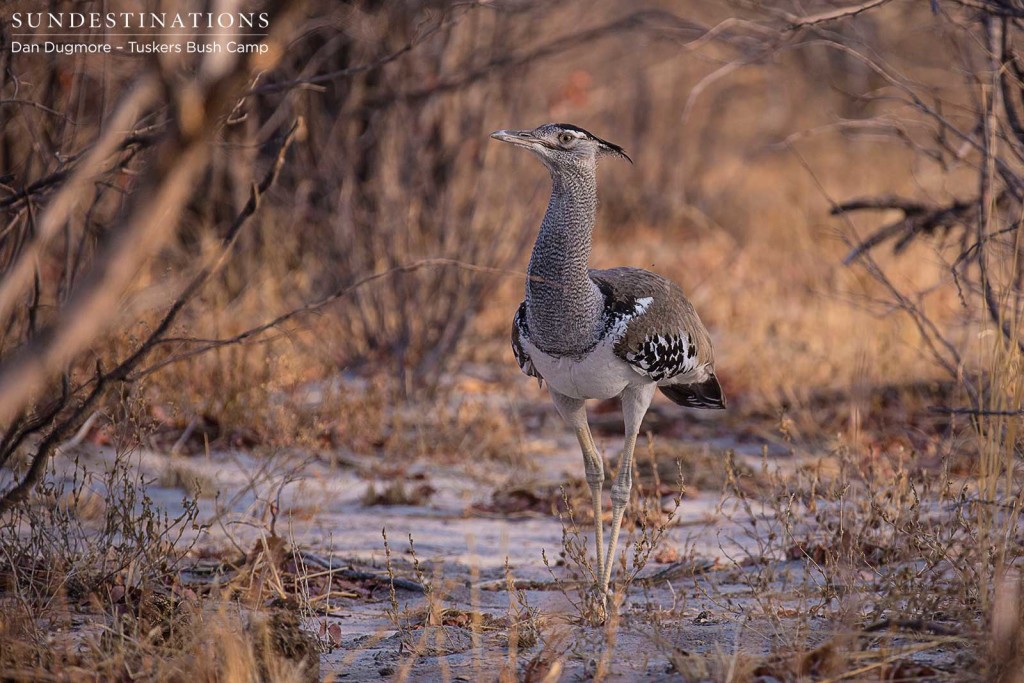
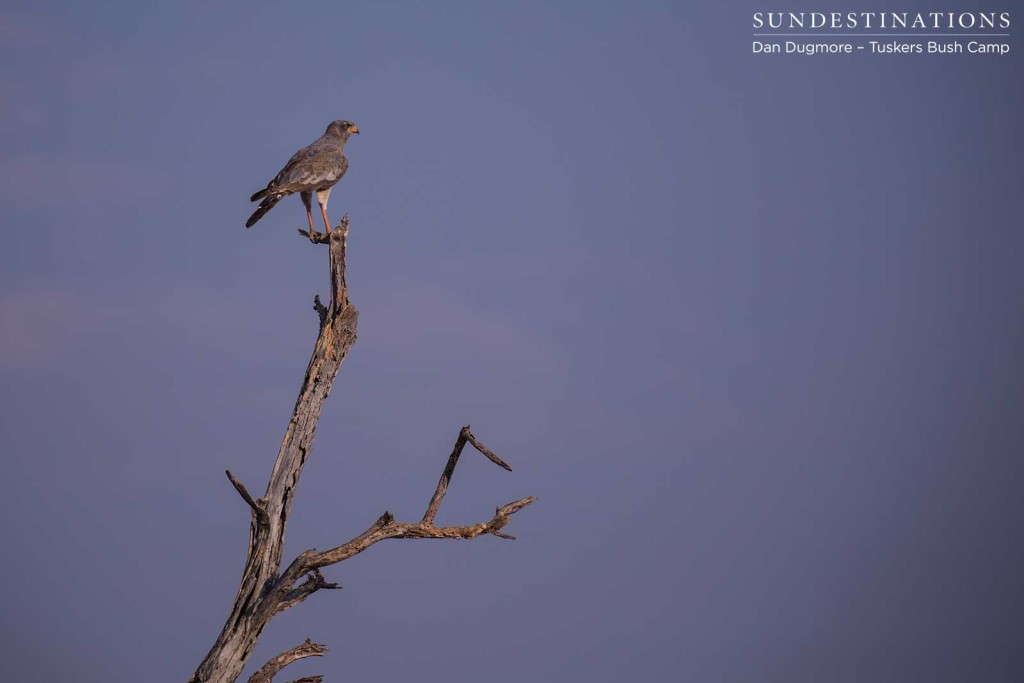
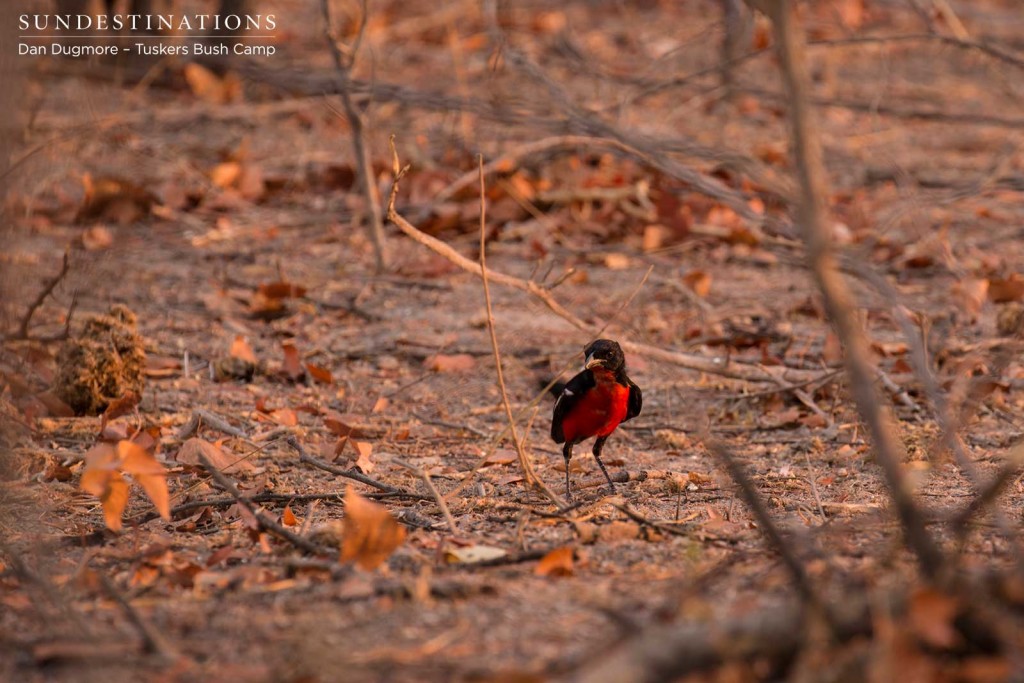
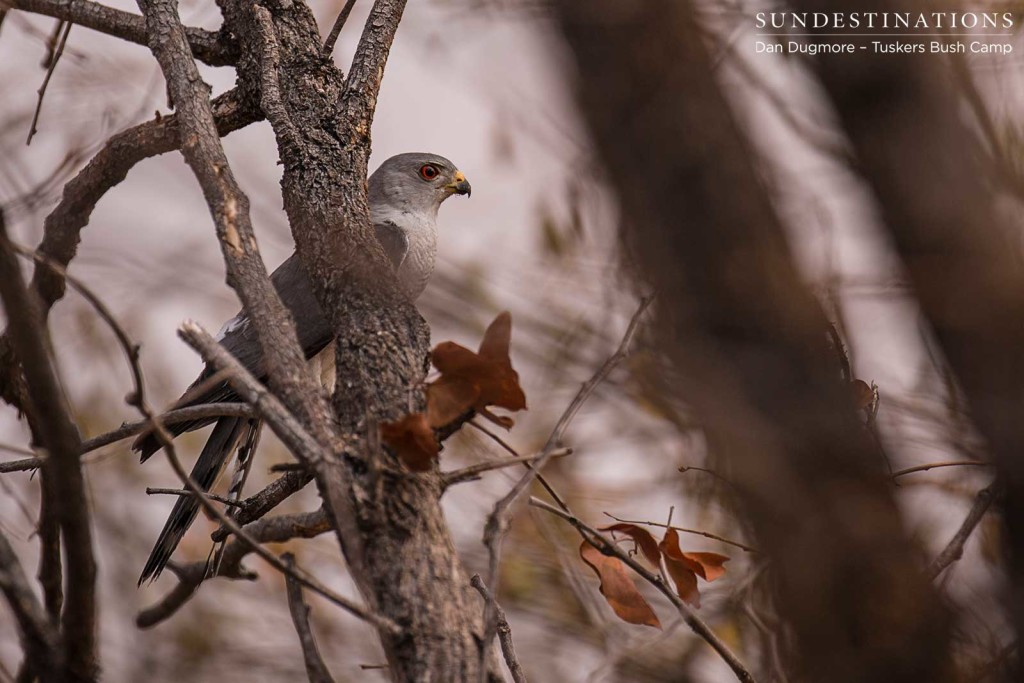
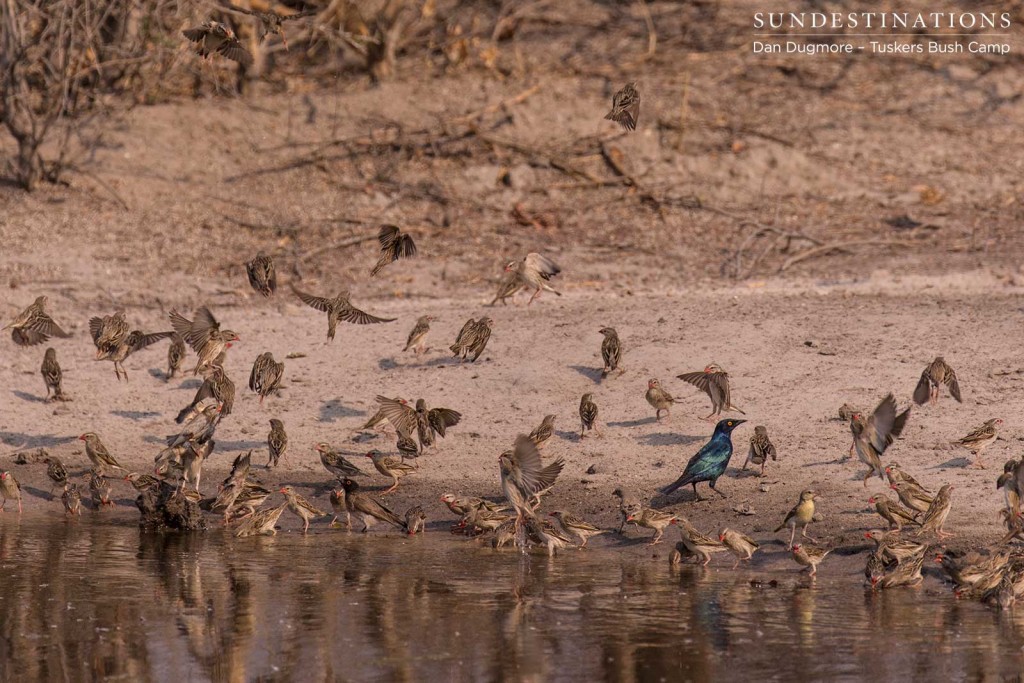
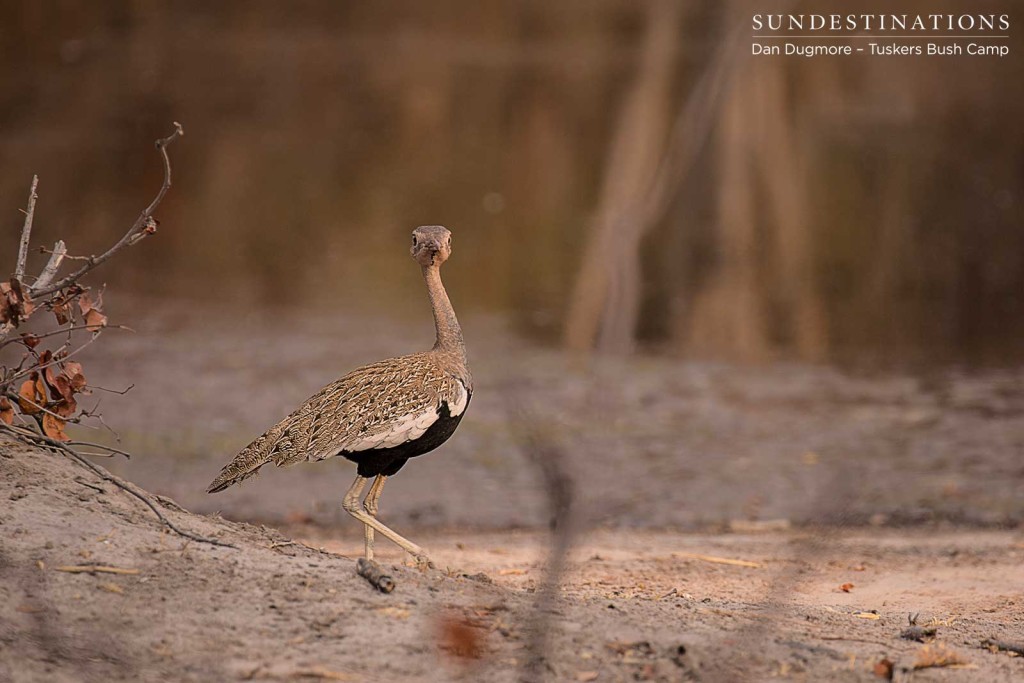
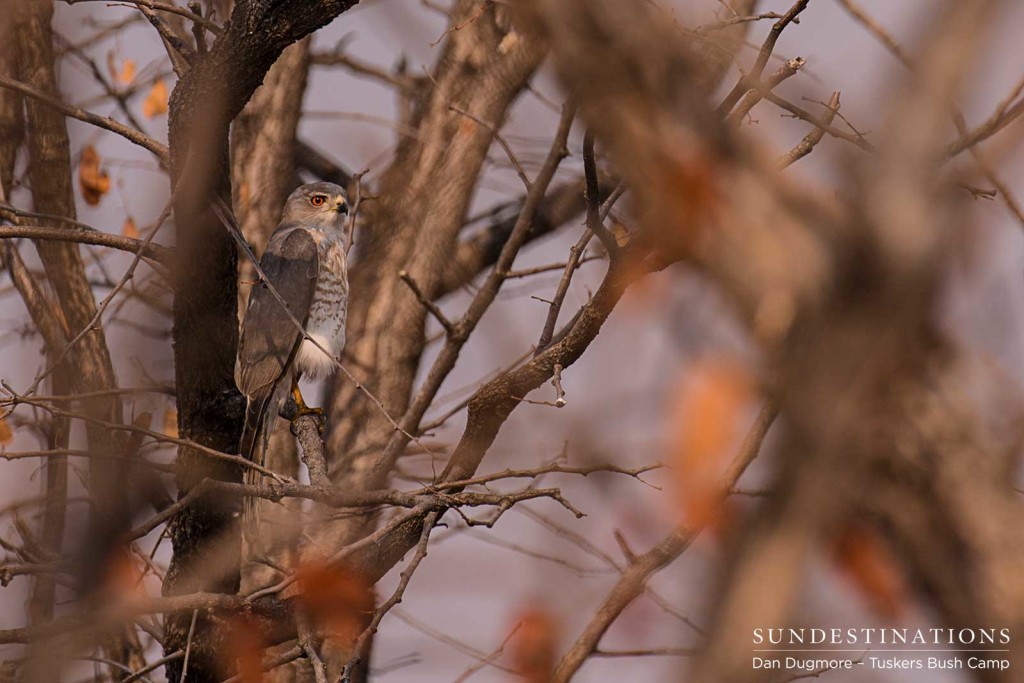
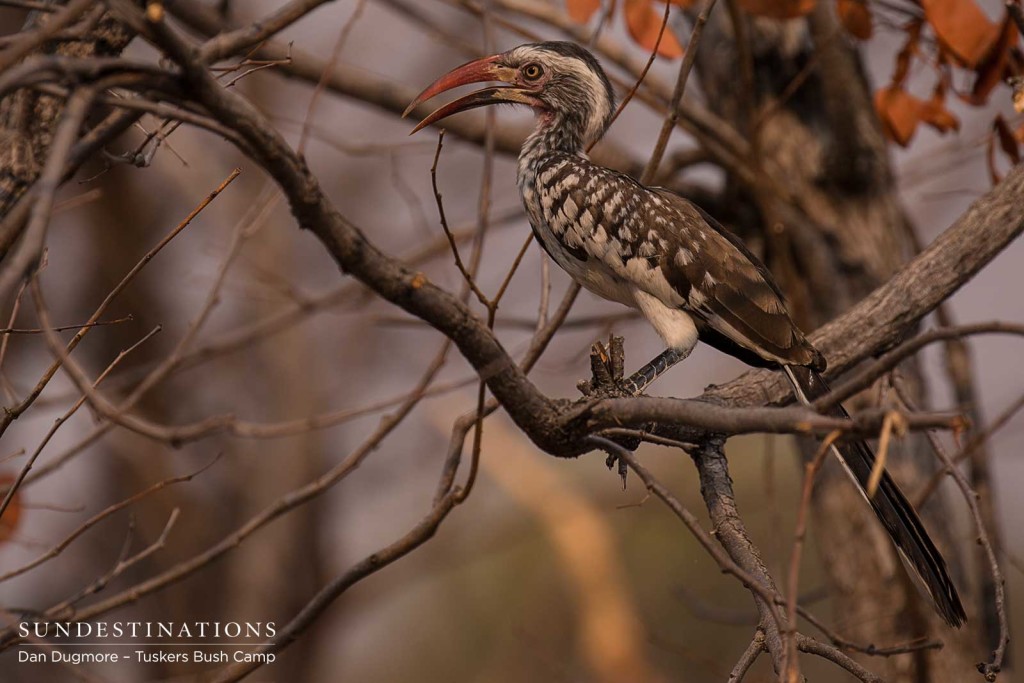
Leave a Comment